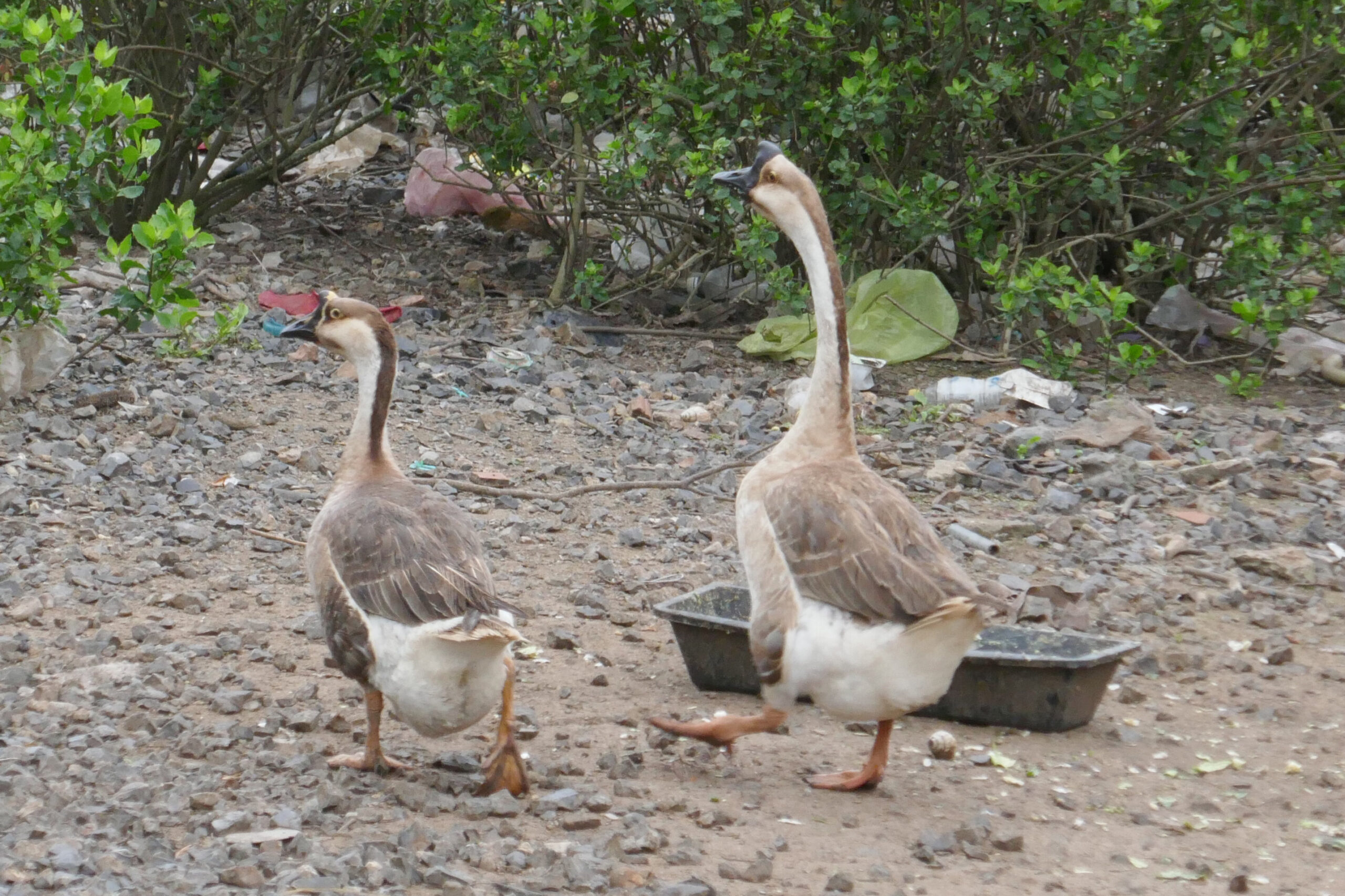A team of researchers from Japan and China has uncovered evidence of goose domestication in China dating back approximately 7,000 years. Their findings challenge previous notions about the timeline of bird domestication and suggest that geese may have been among the first birds to be domesticated.
For years, the domestication of birds has been a topic of debate among scientists, with chickens often thought to be the earliest domesticated birds. However, the discovery at the Tianluoshan dig site in east China presents compelling evidence of early goose domestication, pushing back the timeline significantly.
The research team conducted extensive studies on goose bones unearthed at the Tianluoshan site, employing radiocarbon dating techniques to determine their age. Additionally, they analyzed the bones to gather insights into the birds’ characteristics and the circumstances of their lives and deaths.
The Tianluoshan site was once inhabited by stone age communities engaged in both hunting/gathering and farming activities, particularly rice cultivation. Among the 232 goose bones discovered at the site, four belonged to goslings aged between 8 to 16 weeks old. This finding suggests that the birds were hatched nearby, as wild geese were not native to the area during that period. Chemical analysis of the bones further indicated that the geese were likely bred locally, drawing nourishment from a nearby water source. Moreover, the uniform size of the adult geese suggests a pattern of captive breeding.

These combined pieces of evidence strongly support the hypothesis of goose domestication in China around 7,000 years ago. This revelation challenges conventional beliefs about the sequence of bird domestication and hints at the possibility that geese were among the earliest birds to undergo domestication by ancient human communities.
The implications of this discovery extend beyond the realm of archaeology, offering insights into early human-animal relationships, agricultural practices, and the emergence of domestication as a pivotal development in human history. As researchers continue to unravel the mysteries of ancient civilizations, each new discovery adds layers to our understanding of the complex interactions between humans and the natural world.
Their findings were published in a paper in the Proceedings of the National Academy of Sciences.
